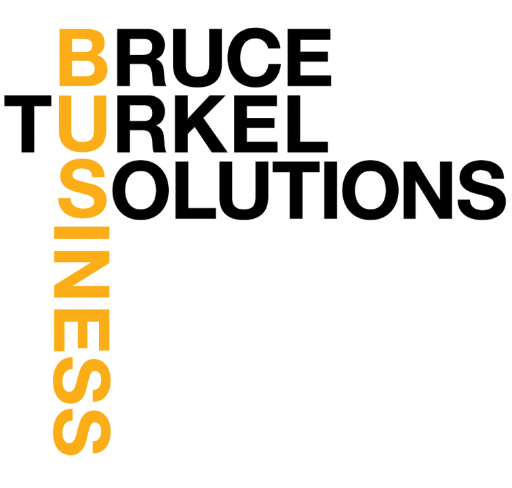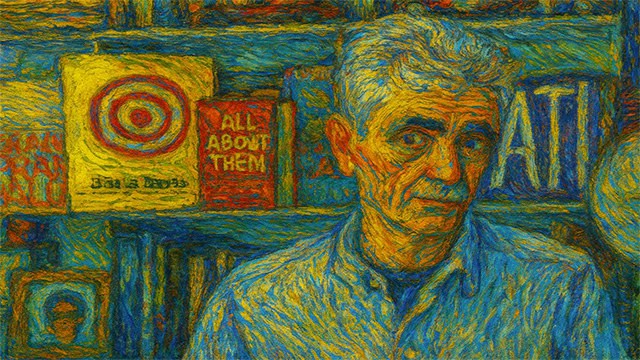Why “Starving Artist” Myth Is a Lie and What to Do About It
How creators, leaders, and brands can thrive without apology.
And why resilience matters more than rejection.
Click HERE to watch:
Why “Starving Artist” Myth Is a Lie and What to Do About It
How creators, leaders, and brands can thrive without apology—and why resilience matters more than rejection.
Creators Deserve to Be Paid, Praised, and Protected
The first time someone told me I’d “sold out,” I wasn’t offended. I was confused.
I was backstage at a speaking event, talking about my latest book, when a fellow creative director asked how I’d managed to turn my ideas into a business. Before I could answer, she said, “I mean, it’s great that you’ve done so well, but don’t you worry your art is… oh, I don’t know… less authentic now?”
I wanted to ask her how not paying her electric bill made her art more genuine. Or what exactly was purer about struggling to get her voice heard in a world of mediocre noise. But I didn’t. I smiled, took the stage, and told a better tale.
But first, a story.
What a Brutal Design Critique Taught Me About Resilience and The Starving Artist Myth
Back in design school, long before my life was filled with client meetings and keynote stages, we had a ritual that our instructors probably borrowed from the Inquisition.
All week long we’d obsess over our design assignments. We’d sacrifice sleep, self-confidence, and whatever little dignity we had left. Then, on Friday, we’d pin our work to a classroom corkboard and line up like lambs being led to the slaughter.
We’d sit there silently as the professors and our fellow students sliced our efforts to ribbons. No one offered a kind word. No one softened the blow. It wasn’t hazing exactly, but it was close.
Why did the design program embrace criticism with such fervor? Why was our creativity forged in such an unforgiving furnace?
I didn’t understand it then. But years later, I saw what those brutal critiques had given me: a thick, alligator-skin hide. Thanks to those unforgiving afternoons, I was armored with the ability to stay calm when clients or critics casually dismissed my work. I could sit through meetings where someone dismantled a logo or trashed a campaign concept and not take it personally. I’d smile, nod, listen, and then go about fixing what needed fixing.
Or not.
My reaction was no longer driven by my artistic ego. It was about clarity.
From Van Gogh to Today: The Starving Artists Myth That Won’t Die
That brings us to Andrew Hickey.
If you haven’t listened to A History of Rock Music in 500 Songs, do yourself a favor. Hickey’s podcast is a brilliant, obsessive, scholarly love letter to rock music history. It’s the kind of work that’s so good it makes you want to stand up and cheer. And also, apparently, the kind of work that draws out trolls and all their vituperative vitriol.
Andrew wrote a post sharing how painful it is to receive negative comments from listeners who know so much less than he does but criticize so much more than they should. His note hit home for me. I get it. And I wrote him a note saying so.
Because here’s the thing: Creative people, especially the ones brave enough to publish, perform, or post, don’t only share their ideas. They share pieces of themselves. And somehow, the moment they start succeeding, someone accuses them of “selling out.”
We’ve even baked this strange logic into our culture. Have you ever heard anyone talk about a “starving accountant”? How about a “starving dentist” or a “starving electrician”? Of course not. But “starving artist”? That phrase rolls off the tongue like gospel.
Vincent van Gogh is widely considered one of the most influential artists in history. His emotionally charged brushwork, bold use of color, and expressive style transformed painting and was foundational to modern art movements such as Expressionism and Fauvism. Artists including Henri Matisse, Edvard Munch, and the German Expressionists were all directly influenced by his work.
Yet during his lifetime, Van Gogh sold fewer than a handful of paintings and lived mostly on financial support from his brother. When he died from a self-inflicted gunshot wound, he was penniless and largely unrecognized.
Here’s the sad truth Van Gogh’s tragic life leaves us with: There’s no honor in suffering for your art. And there’s no shame in getting paid for it.
When creators like Hickey turn their ideas into thriving enterprises, it’s not selling out, it’s showing up and living their genius. And for people like me who listen, learn, and love every episode, that work is a gift. We are all richer because Andrew does what he does.
Why Creative Resilience Is the Real Currency to Overcome the Starving Artist Myth
If you’re a creator, a leader, or a brand builder, here’s your takeaway: Don’t grow a thicker skin just to protect yourself from insult. Build it so you can keep sharing your work, no matter what.
And the next time you feel the sting of criticism, or worse, the kind of anonymous bite that social media makes so easy, remember this: the louder the boos, the closer you are to center stage.
Do you want your team to understand how to build bold brands and a thick skin? I keynote at conferences around the world and still have a few dates open in 2026. Let’s build something unforgettable together.
You can learn more at www.bruceturkel.com

